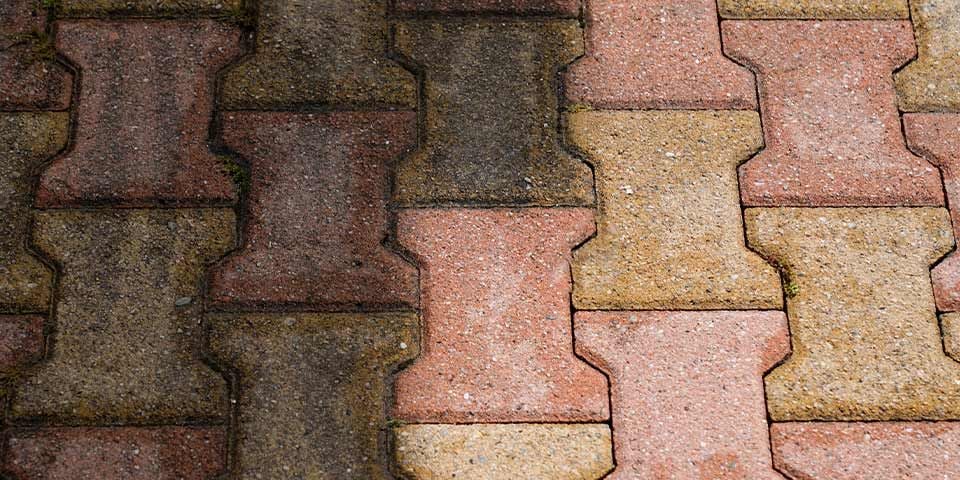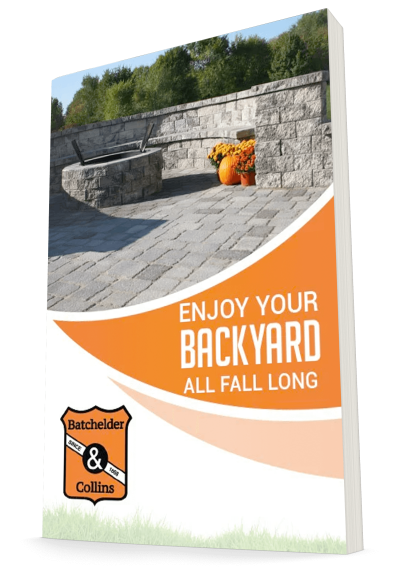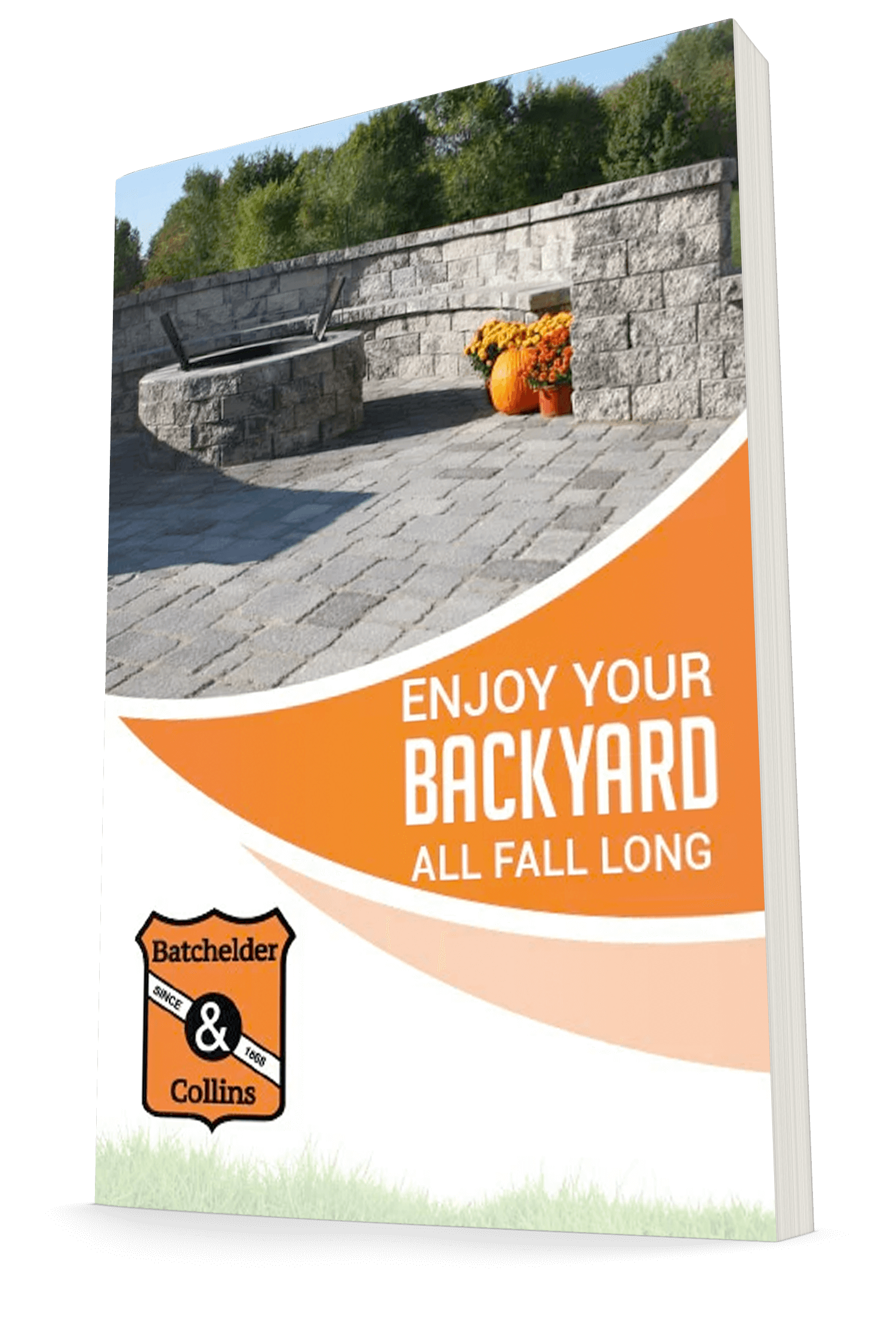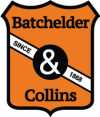How to Remove 6 Common Stains from Pavers

General cleaning every few weeks can prevent staining in the long term. Use a regular house cleaner, but remember to test the cleaner on a section of stone to see how it affects the paver.
Follow the cleaning with a rinse from a pressure washer, but don’t spray too close to your pavers, as the high pressure can cause chips and/or permanent damage to the stone. Use a wide spray nozzle and keep at an angle to prevent direct penetration to the joints.
This is a great start to tackling any stain, but not all blemishes are created equal! Since different stains are made up of different chemical properties, the methods of cleaning can… well, differ.
Worst-case scenario: if you cannot remove the stain…remove the paver! Batchelder & Collins has a wide variety of pavers and our experts can help you find a similar paver to go with your existing hardscape.
Here are 6 common types of stains, how to remove them, and the contractor-approved products to use:
Rust stains
From patio furniture to sprinklers and everything in between, this is a common stain on stone surfaces. Use Alliance Rust Remover and scrub with a stiff brush, repeating as necessary. Rust remover can damage sealers, so make sure to test only a portion of your pavers to see how they’re affected.
Asphalt and Roofing Tar
Oh no! You were reshingling your roof and a bit of tar fell on your beautiful pavers below. No reason to fret – Alliance Rubber, Paint, and Tar Remover can help. Follow the directions on the bottle and reapply if necessary.
Fluid from Cars
Cars that sit can drip antifreeze, oil, brake fluid, and hydraulic oil. Soak up any excess oil you can and apply Alliance XP Oil & Grease Remover. Let sit for 6-8 hours or until it’s dried into a powder, then sweep off.
Mold or Mildew
Oxyclean will do the trick here! Use 4 scoops per gallon of hot water and soak the surface for 15 minutes. Scrub with a brush and rinse. If you have a pool, feel free to use pool shock, mixing ½ pound with 4 gallons of water. Wet your surface, apply, scrub, and rinse off – no soaking required.
Food drips
Whether it’s sticky candy, saucy ketchup, or grease drips from your last cookout, liquid dish soap can do the trick. Put atop the stain and let penetrate for 20-30 minutes, then scrub and rinse off with hot water.
Caulk or chewing gum
One is for sealing cracks while one is a tasty snack, but they share something in common – both these stainables are sticky and have the same solution. Scrape the excess goop and scrub with a poultice that contains denatured alcohol.
Leaf stains
Good old bleach will do the trick for leaf stains. Follow the instructions on the package and test on a small section to see how it affects the material. If the problem is persistent, cutting down your tree might be a good long-term solution.
Enjoy Your Backyard All Fall Long

Now is the perfect time to take advantage of autumn’s mild days to prepare your backyard for the cold months ahead. But who’s to say you can’t still enjoy your backyard, spending time with your family, and cooking outdoors all fall long.
"*" indicates required fields


